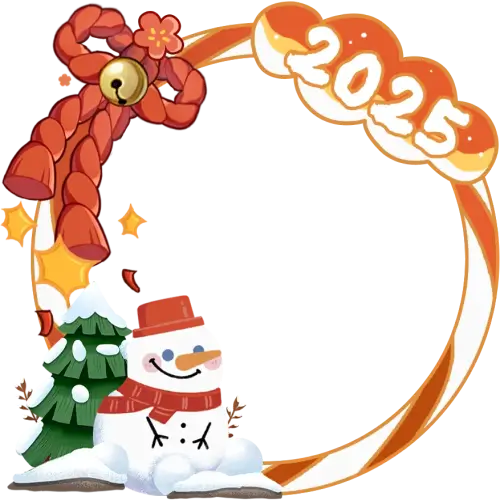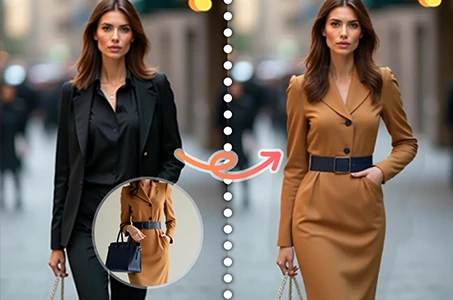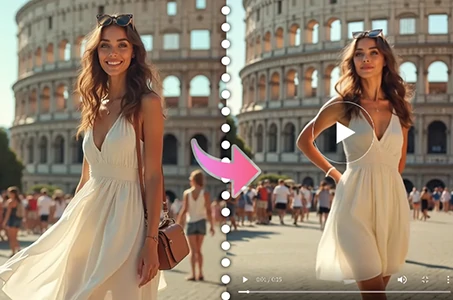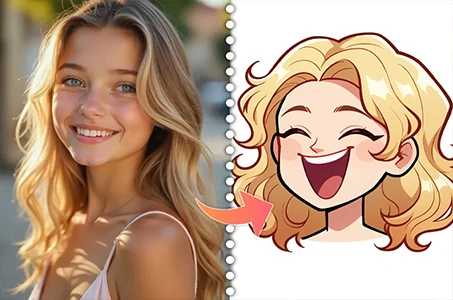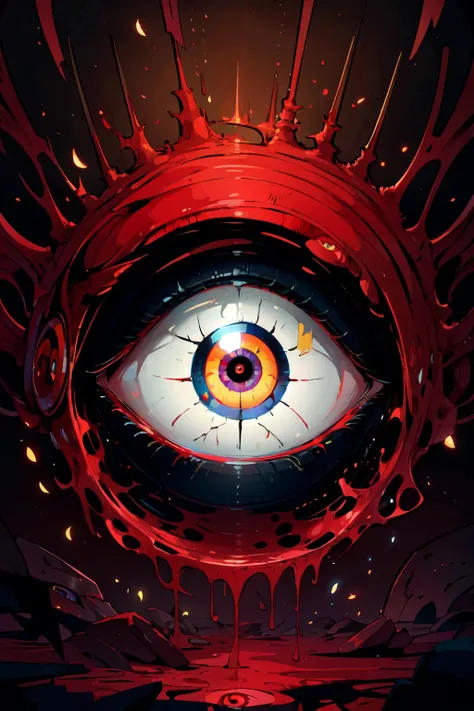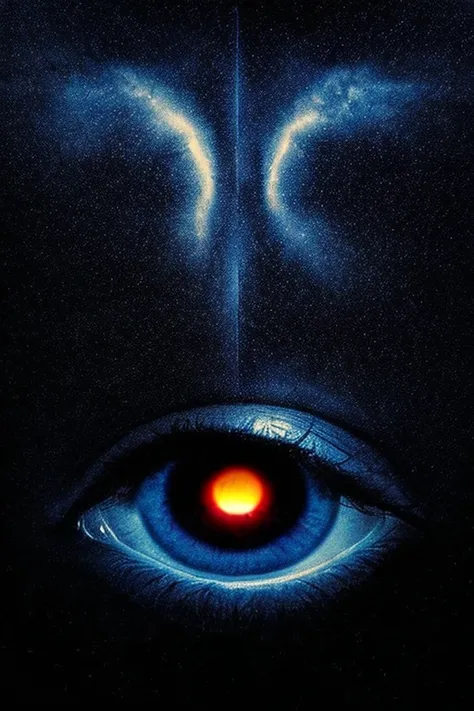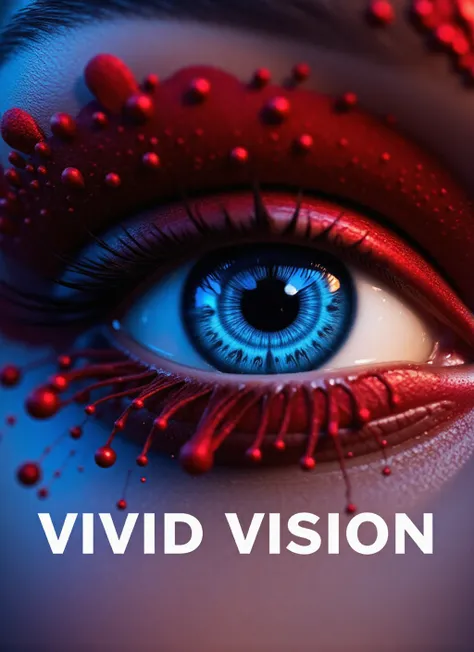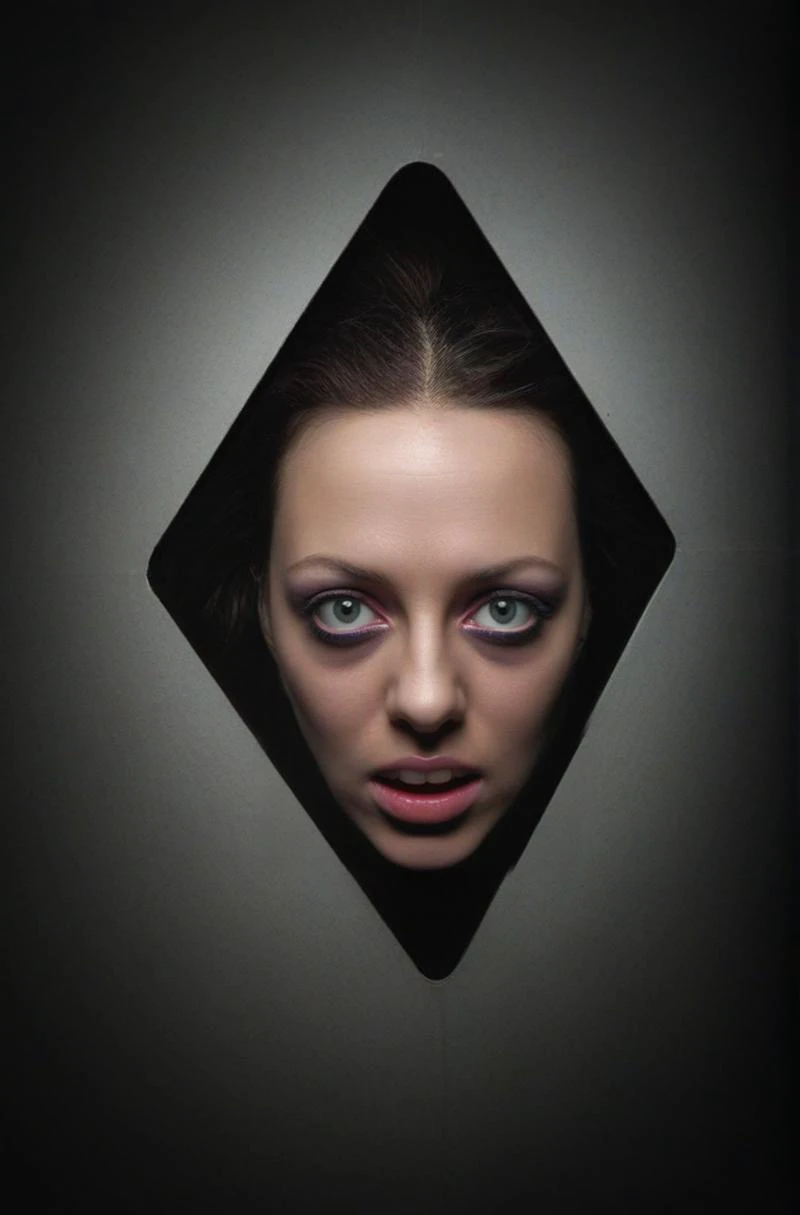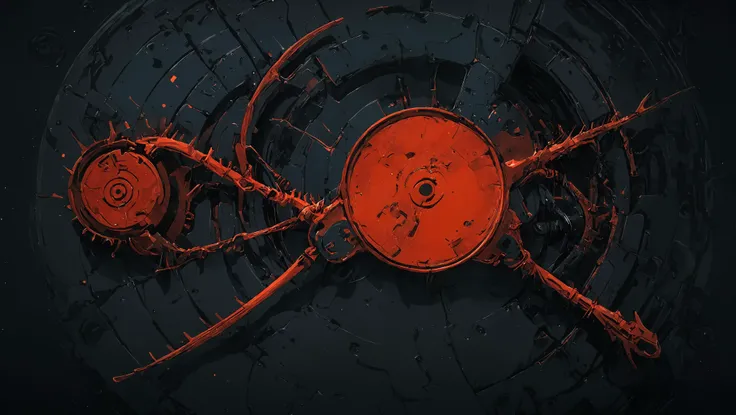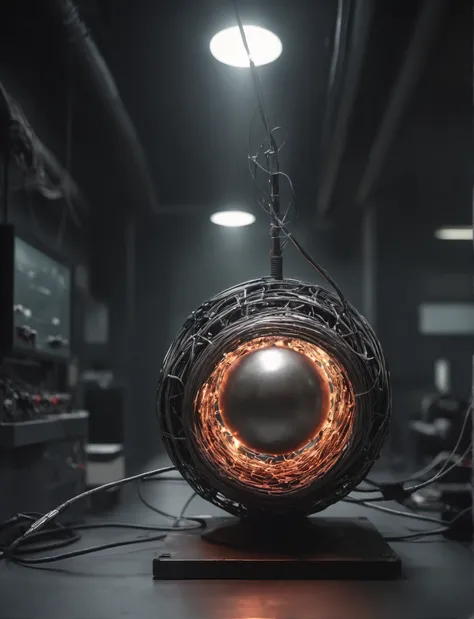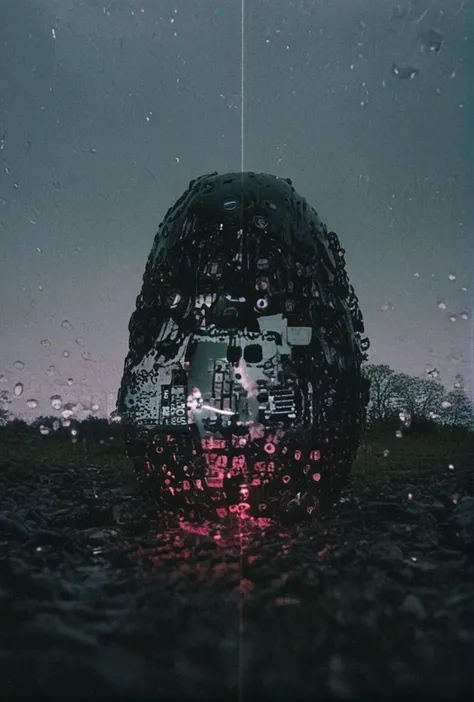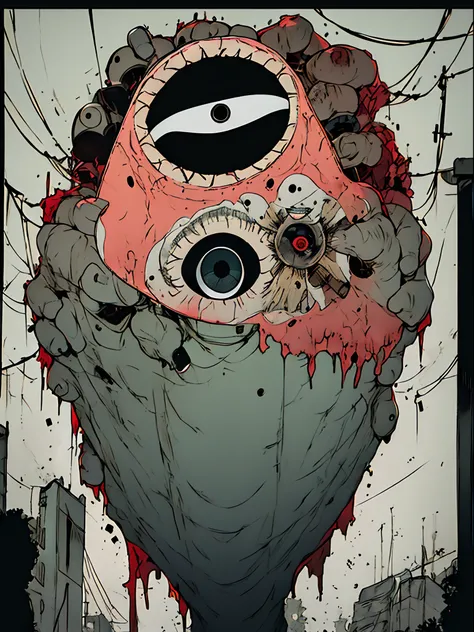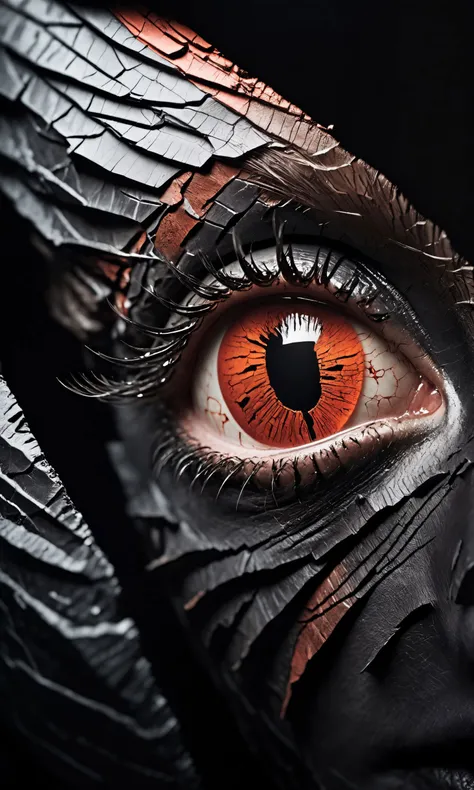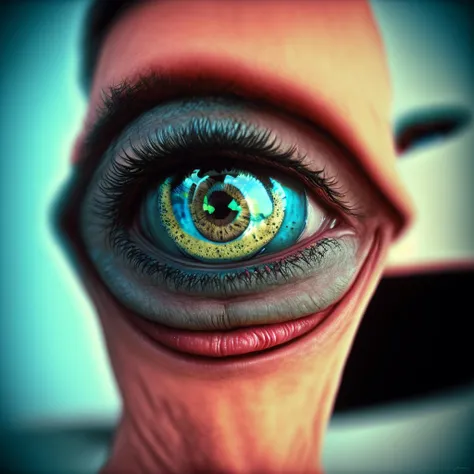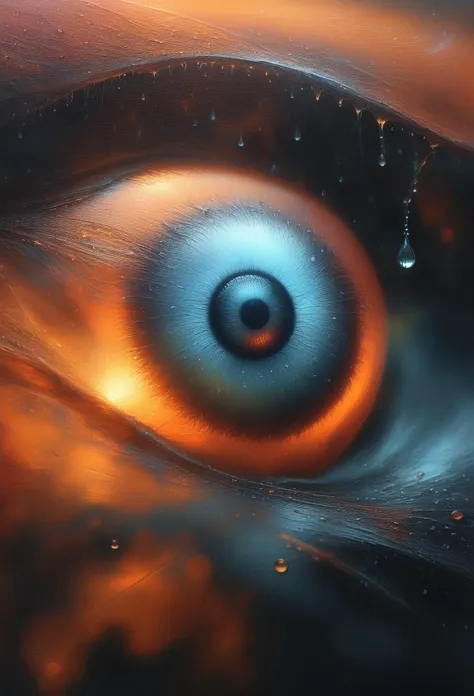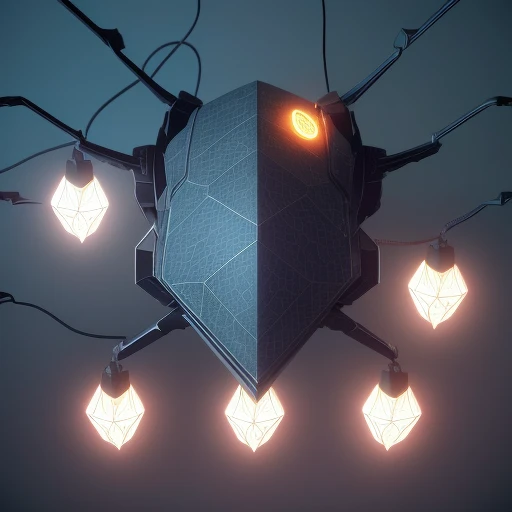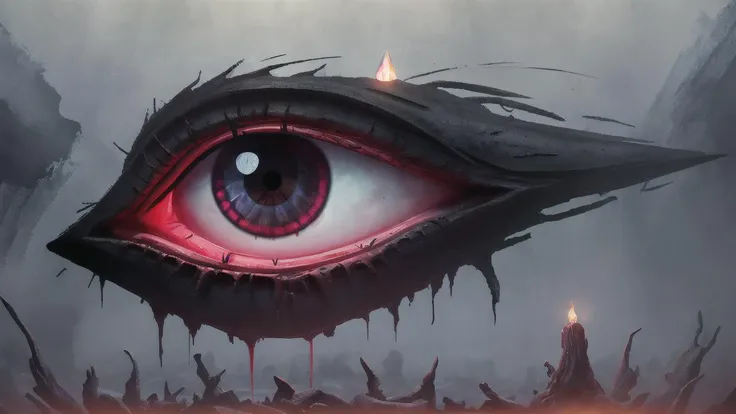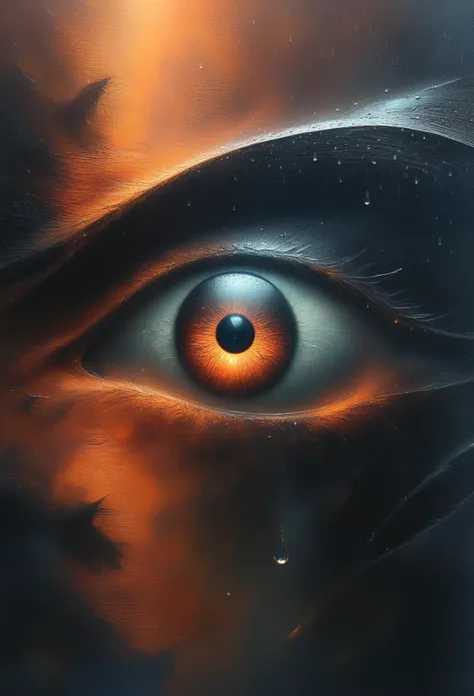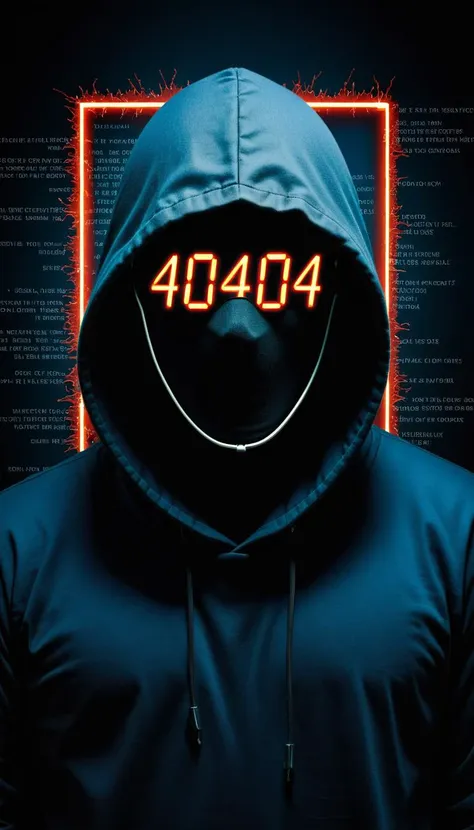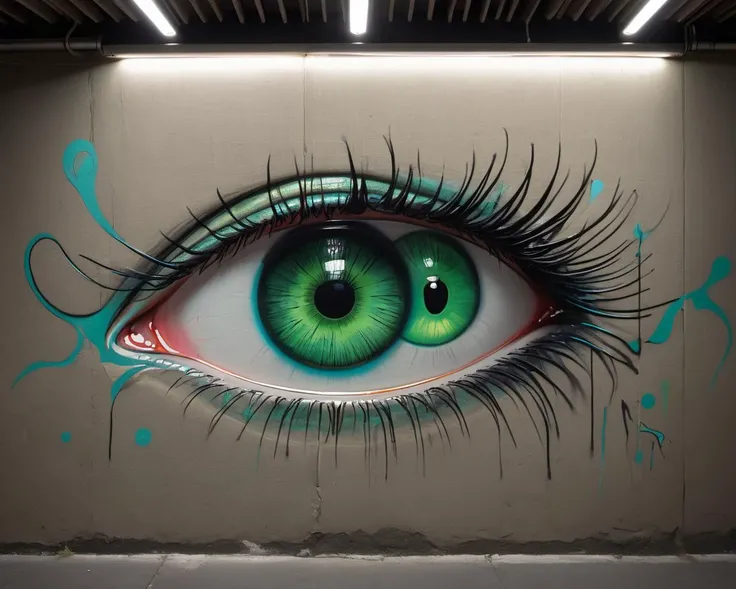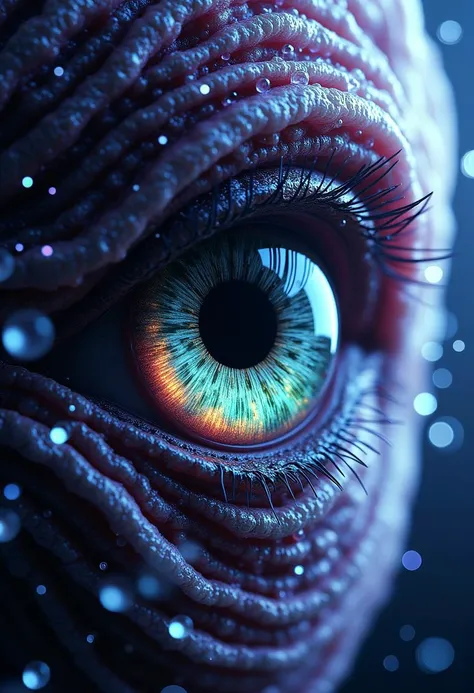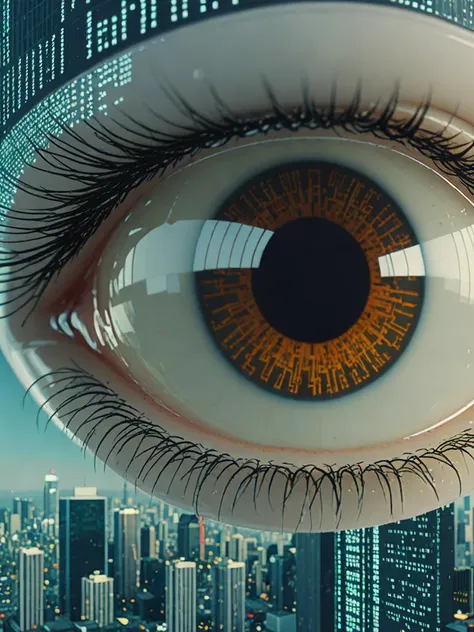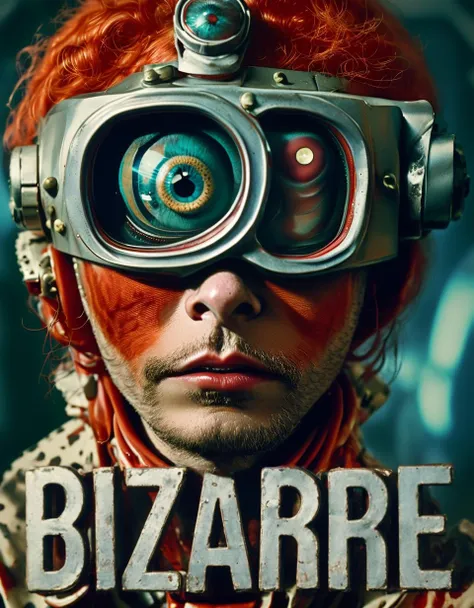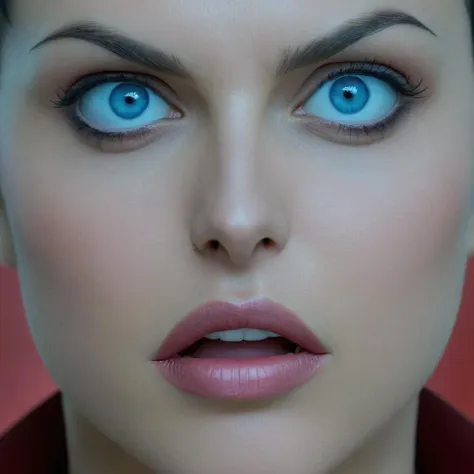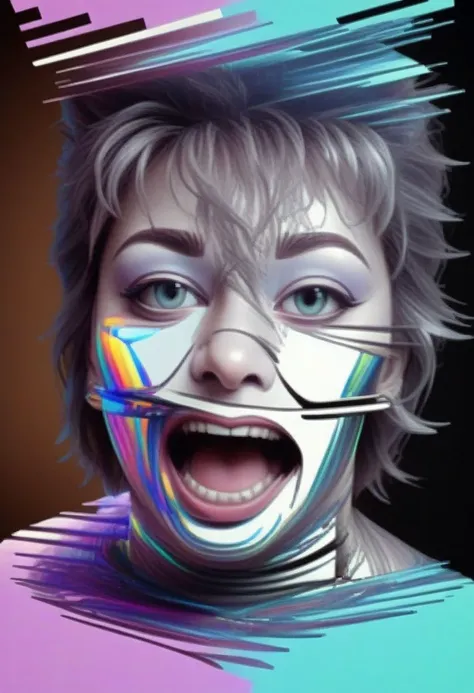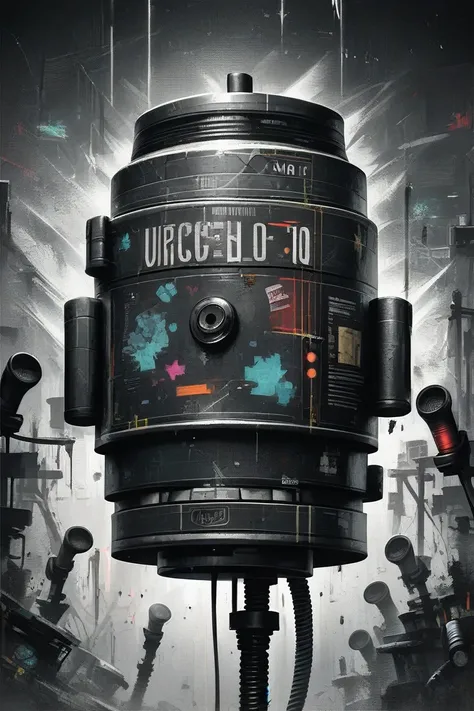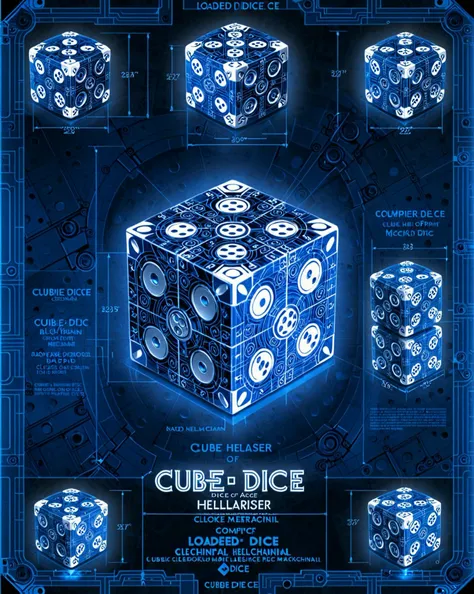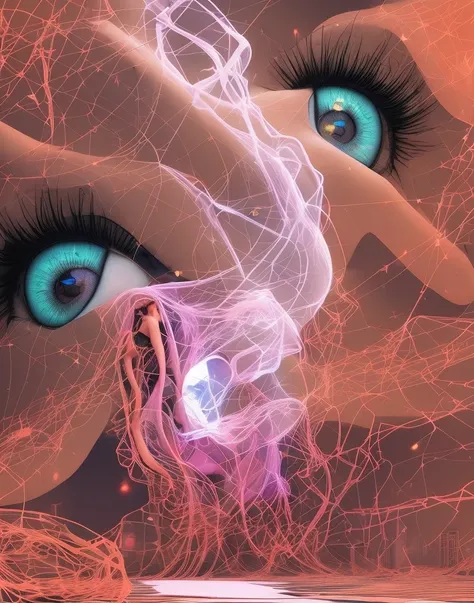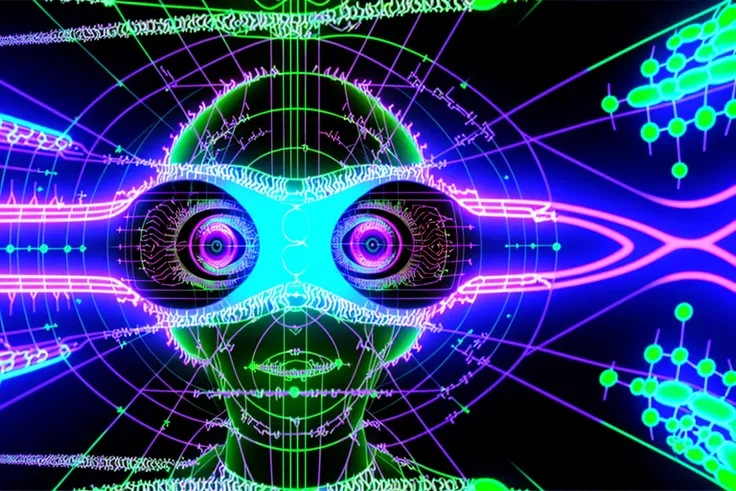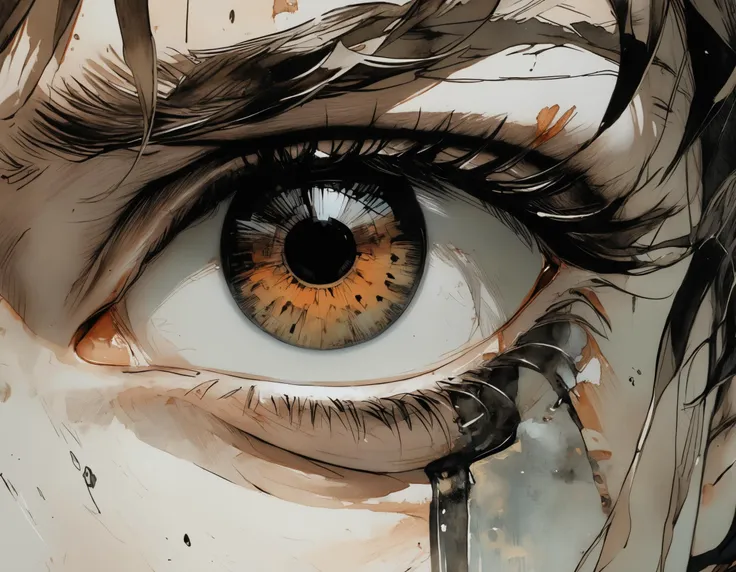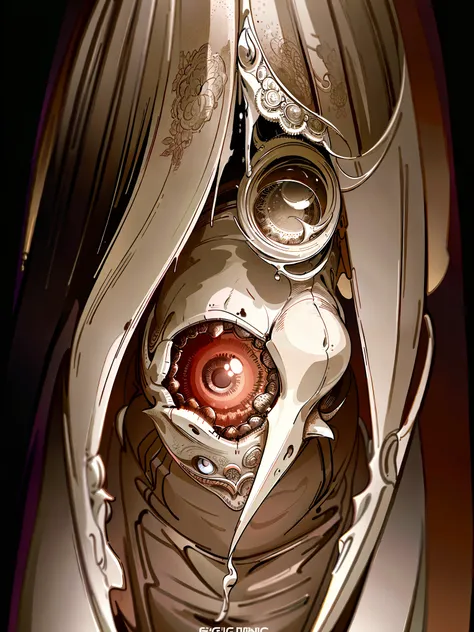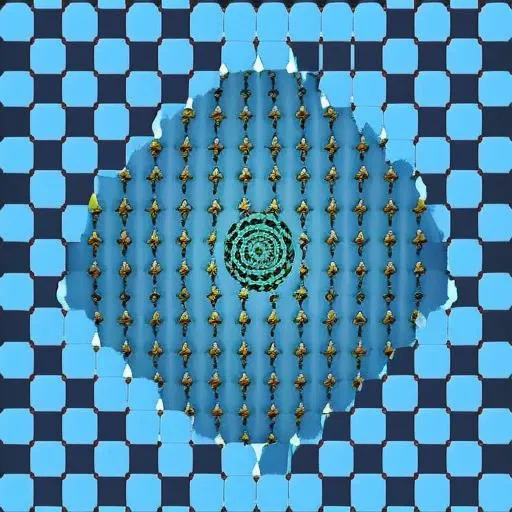A group of aliens like people standing between dimensions by Filip Hodas
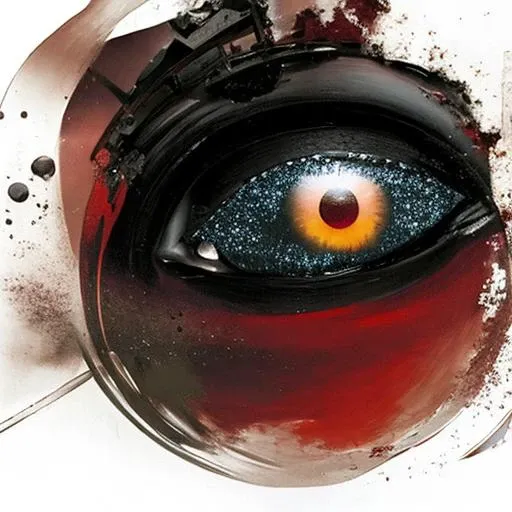
a group of aliens like people standing between dimensions by Filip Hodas, Richard Doyle, Adam Martinakis, Amandine Van Ray, beeple, Giger, Durer, Ellen Jewett, Naoto Hattori, Terada Katsuya, Benoit B. Mandelbrot, Anton Semenov. bokeh, depth of field, oversaturated, The image depicts a person breaking free from chains that are binding them. The chains are made of different materials and represent different forms of attachment and fear, such as social and emotional bonds, prejudices, and limiting beliefs. The person is depicted as strong, determined and powerful, and the background is dark, representing the darkness of fear and attachment. The main visual artists to reference for this image would be Jenny Holzer, Barbara Kruger and Guerrilla Girls. The artistic techniques and methods used in the image would include the use of typography, symbolism and the use of strong contrasting colors, black and white. The color palette would primarily consist of black and white, with some red and orange tones for emphasis. The lighting would be dark, with some light on the person breaking the chains to symbolize hope and the power of breaking free. The angle of the shot would be a front view, to show the person's determination and power. The digital medium will be used to create this image, and the three professional-grade software programs that would be useful in creating this image would be Adobe Photoshop, Adobe Illustrator and Corel Painter. The post-processing techniques recommended for this image would include compositing, color correction, and typography design., a group of aliens like people standing between dimensions by Filip Hodas, Richard Doyle, Adam Martinakis, Amandine Van Ray, beeple, Giger, Durer, Ellen Jewett, Naoto Hattori, Terada Katsuya, Benoit B. Mandelbrot, Anton Semenov. bokeh, depth of field, oversaturated, The image depicts a figure with its body connected to a machine, representing the idea of technology as an extension of the human body and the dependence of the central nervous system on technology. The figure is depicted in a state of distress, representing the negative impact of technology on the human condition, and the idea of technology as a "desperate suicidal autoamputation". The background of the image depicts a dark, mechanical landscape, representing the overwhelming presence of technology in modern society. The landscape is littered with gears, wires, and other mechanical parts, representing the idea of technology as a force that is constantly encroaching on the human experience. styles of H.R. Giger, known for their use of surreal imagery and symbolism to convey complex ideas and concepts. 3 lesser-known visual artists to reference for this image are Zdzislaw Beksinski, Matthew R. Martin, and David Ho for their use of twisted, otherworldly imagery and surreal landscapes. Artistic techniques and methods to enhance the impact of the image include the use of symbolism, surreal imagery, and contrast. Specific colors and palettes to use include dark and desaturated tones to represent the negative impact of technology on the human condition, and the use of bright, neon colors to represent the overwhelming presence of technology in modern society. Lighting should be used to create a sense of drama and tension, while highlighting the figure's distress and the mechanical landscape. For this digital art, use professional-grade software such as Adobe Photoshop, Corel Painter, and Procreate to create the final image. Recommended professional-grade post-processing, photo surrealism The image is a surreal and thought-provoking digital art piece that reflects on the theme of the dangers of blindly following political ideologies or religious dogmas without critical thought. The main subject of the image is a person holding a small, glowing orb in their hand, with a look of longing on their face. The background of the image is a twisted, dark landscape of tall, menacing buildings, with bright, neon signs filters, layers and masks in digital art software. The color palette will be contrasty with a striking use of red, black and white to create a sense of danger and to reflect the theme of brainwashing and manipulation. The lighting will be used to create a sense of contrast between light and dark, with the person being a bright spot in the otherwise dark and oppressive landscape. The atmosphere of the image will be one of tension and unease, reflecting the idea of being trapped in a world that is not what it seems. The angle of the image will be a medium-angle shot, looking at the person and the signs to create a sense of perspective and to convey the idea of the person being caught in the midst of a manipulation. professional-grade digital camera, medium focal lens, a low aperture for a deep depth of field, and a normal shutter speed to capture the neon lights. Adobe Photoshop, Adobe Illustrator and Adobe After Effects. Post-processing techniques will include color correction, masking, and compositing to create a cohesive and surreal image, also use of montage or collage to reflect the theme of manipulation., a group of aliens like people standing between dimensions by Filip Hodas, Richard Doyle, Adam Martinakis, Amandine Van Ray, beeple, Giger, Durer, Ellen Jewett, Naoto Hattori, Terada Katsuya, Benoit B. Mandelbrot, Anton Semenov. bokeh, depth of field, oversaturated, Genre: Surrealism Type: Painting The painting depicts a figure dressed as a jester, holding a jester's cap and bells, standing in front of a backdrop of a decaying city. The figure's face is hidden behind a mask, and the expression is one of emptiness and despair. The jester's costume is tattered and worn, symbolizing the hollowness and meaninglessness of the jester's life. The main artist for this painting would be Salvador Dali, known for his surrealist works that often featured symbolism and metaphor. The lesser-known artists that would be incorporated into this painting would be Yves Tanguy, for his use of dreamlike landscapes, Max Ernst, for his incorporation of collage elements, Dorothea Tanning, for her use of symbolic figures, Joseph Cornell, for his use of found objects and unconventional materials, and Rene Magritte, for his exploration of the human condition and the relationship between reality and illusion. The artistic techniques used in this painting would be a combination of impasto, for the textured, almost sculptural quality of the jester's costume, and decalcomania, for the organic and dreamlike quality of the decaying city. The color palette used would be muted and desaturated, with shades of gray, brown, and black. The dominant colors would be deep navy and purple, symbolizing death and decay. The lighting would be dramatic, with strong contrasts and deep shadows, to enhance the ominous and surreal atmosphere of the painting. The angle of the painting would be a low perspective, with the jester at the forefront of the composition and the city in the background. The painting would be created using traditional painting techniques, such as oil on canvas, with the use of a paint brush, palette knife and other hand-held tools. For post-processing and editing, the software that would be used are Adobe Photoshop, Corel Painter and Procreate. The post-processing techniques would include blending and layering paint to create depth and texture. Additionally, a technique called Glazing, which is a process of layering transparent layers of paint over one another to create a sense of depth and luminosity.
Generation Data
Records
Prompts
Copy
a group of aliens like people standing between dimensions by Filip Hodas
,
Richard Doyle
,
Adam Martinakis
,
Amandine Van Ray
,
beeple
,
Giger
,
Durer
,
Ellen Jewett
,
Naoto Hattori
,
Terada Katsuya
,
Benoit B
.
Mandelbrot
,
Anton Semenov
.
bokeh
,
depth of field
,
oversaturated
,
The image depicts a person breaking free from chains that are binding them
.
The chains are made of different materials and represent different forms of attachment and fear
,
such as social and emotional bonds
,
prejudices
,
and limiting beliefs
.
The person is depicted as strong
,
determined and powerful
,
and the background is dark
,
representing the darkness of fear and attachment
.
The main visual artists to reference for this image would be Jenny Holzer
,
Barbara Kruger and Guerrilla Girls
.
The artistic techniques and methods used in the image would include the use of typography
,
symbolism and the use of strong contrasting colors
,
black and white
.
The color palette would primarily consist of black and white
,
with some red and orange tones for emphasis
.
The lighting would be dark
,
with some light on the person breaking the chains to symbolize hope and the power of breaking free
.
The angle of the shot would be a front view
,
to show the person's determination and power
.
The digital medium will be used to create this image
,
and the three professional-grade software programs that would be useful in creating this image would be Adobe Photoshop
,
Adobe Illustrator and Corel Painter
.
The post-processing techniques recommended for this image would include compositing
,
color correction
,
and typography design
.,
a group of aliens like people standing between dimensions by Filip Hodas
,
Richard Doyle
,
Adam Martinakis
,
Amandine Van Ray
,
beeple
,
Giger
,
Durer
,
Ellen Jewett
,
Naoto Hattori
,
Terada Katsuya
,
Benoit B
.
Mandelbrot
,
Anton Semenov
.
bokeh
,
depth of field
,
oversaturated
,
The image depicts a figure with its body connected to a machine
,
representing the idea of technology as an extension of the human body and the dependence of the central nervous system on technology
.
The figure is depicted in a state of distress
,
representing the negative impact of technology on the human condition
,
and the idea of technology as a "desperate suicidal autoamputation"
.
The background of the image depicts a dark
,
mechanical landscape
,
representing the overwhelming presence of technology in modern society
.
The landscape is littered with gears
,
wires
,
and other mechanical parts
,
representing the idea of technology as a force that is constantly encroaching on the human experience
.
styles of H
.
R
.
Giger
,
known for their use of surreal imagery and symbolism to convey complex ideas and concepts
.
3 lesser-known visual artists to reference for this image are Zdzislaw Beksinski
,
Matthew R
.
Martin
,
and David Ho for their use of twisted
,
otherworldly imagery and surreal landscapes
.
Artistic techniques and methods to enhance the impact of the image include the use of symbolism
,
surreal imagery
,
and contrast
.
Specific colors and palettes to use include dark and desaturated tones to represent the negative impact of technology on the human condition
,
and the use of bright
,
neon colors to represent the overwhelming presence of technology in modern society
.
Lighting should be used to create a sense of drama and tension
,
while highlighting the figure's distress and the mechanical landscape
.
For this digital art
,
use professional-grade software such as Adobe Photoshop
,
Corel Painter
,
and Procreate to create the final image
.
Recommended professional-grade post-processing
,
photo surrealism The image is a surreal and thought-provoking digital art piece that reflects on the theme of the dangers of blindly following political ideologies or religious dogmas without critical thought
.
The main subject of the image is a person holding a small
,
glowing orb in their hand
,
with a look of longing on their face
.
The background of the image is a twisted
,
dark landscape of tall
,
menacing buildings
,
with bright
,
neon signs filters
,
layers and masks in digital art software
.
The color palette will be contrasty with a striking use of red
,
black and white to create a sense of danger and to reflect the theme of brainwashing and manipulation
.
The lighting will be used to create a sense of contrast between light and dark
,
with the person being a bright spot in the otherwise dark and oppressive landscape
.
The atmosphere of the image will be one of tension and unease
,
reflecting the idea of being trapped in a world that is not what it seems
.
The angle of the image will be a medium-angle shot
,
looking at the person and the signs to create a sense of perspective and to convey the idea of the person being caught in the midst of a manipulation
.
professional-grade digital camera
,
medium focal lens
,
a low aperture for a deep depth of field
,
and a normal shutter speed to capture the neon lights
.
Adobe Photoshop
,
Adobe Illustrator and Adobe After Effects
.
Post-processing techniques will include color correction
,
masking
,
and compositing to create a cohesive and surreal image
,
also use of montage or collage to reflect the theme of manipulation
.,
a group of aliens like people standing between dimensions by Filip Hodas
,
Richard Doyle
,
Adam Martinakis
,
Amandine Van Ray
,
beeple
,
Giger
,
Durer
,
Ellen Jewett
,
Naoto Hattori
,
Terada Katsuya
,
Benoit B
.
Mandelbrot
,
Anton Semenov
.
bokeh
,
depth of field
,
oversaturated
,
Genre: Surrealism Type: Painting The painting depicts a figure dressed as a jester
,
holding a jester's cap and bells
,
standing in front of a backdrop of a decaying city
.
The figure's face is hidden behind a mask
,
and the expression is one of emptiness and despair
.
The jester's costume is tattered and worn
,
symbolizing the hollowness and meaninglessness of the jester's life
.
The main artist for this painting would be Salvador Dali
,
known for his surrealist works that often featured symbolism and metaphor
.
The lesser-known artists that would be incorporated into this painting would be Yves Tanguy
,
for his use of dreamlike landscapes
,
Max Ernst
,
for his incorporation of collage elements
,
Dorothea Tanning
,
for her use of symbolic figures
,
Joseph Cornell
,
for his use of found objects and unconventional materials
,
and Rene Magritte
,
for his exploration of the human condition and the relationship between reality and illusion
.
The artistic techniques used in this painting would be a combination of impasto
,
for the textured
,
almost sculptural quality of the jester's costume
,
and decalcomania
,
for the organic and dreamlike quality of the decaying city
.
The color palette used would be muted and desaturated
,
with shades of gray
,
brown
,
and black
.
The dominant colors would be deep navy and purple
,
symbolizing death and decay
.
The lighting would be dramatic
,
with strong contrasts and deep shadows
,
to enhance the ominous and surreal atmosphere of the painting
.
The angle of the painting would be a low perspective
,
with the jester at the forefront of the composition and the city in the background
.
The painting would be created using traditional painting techniques
,
such as oil on canvas
,
with the use of a paint brush
,
palette knife and other hand-held tools
.
For post-processing and editing
,
the software that would be used are Adobe Photoshop
,
Corel Painter and Procreate
.
The post-processing techniques would include blending and layering paint to create depth and texture
.
Additionally
,
a technique called Glazing
,
which is a process of layering transparent layers of paint over one another to create a sense of depth and luminosity
.
INFO
Checkpoint & LoRA
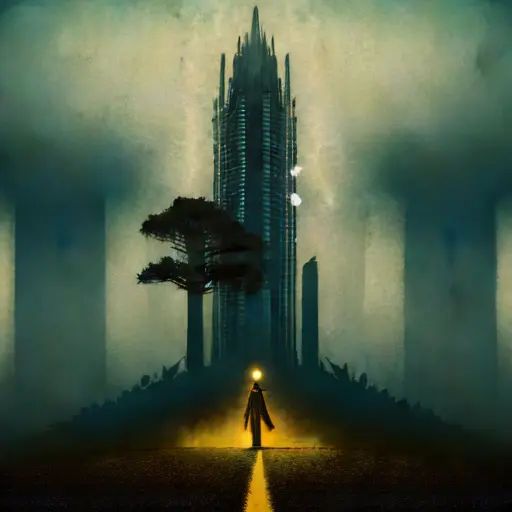
Checkpoint
neurocontrastdream_v15
#advertisement
#Horror
#model westernrealism
0 comment
0
0
0




